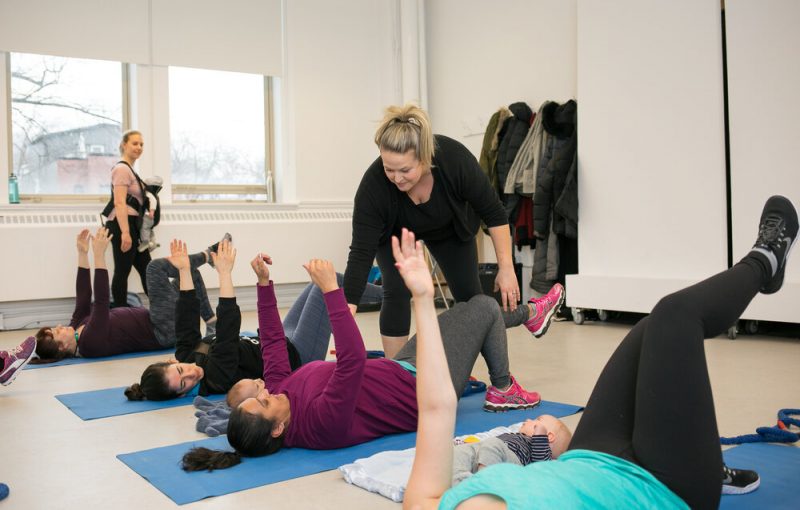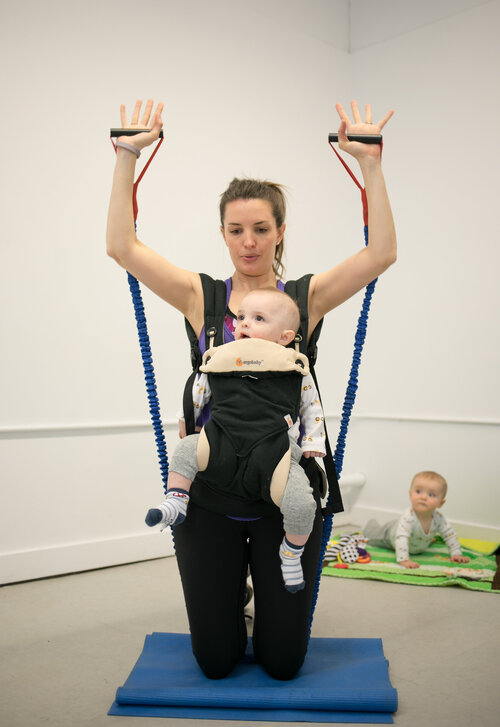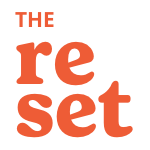
Hey, Dara here!
I just started training a newly minted mama of 2, about 8 weeks postpartum. In our weekly online sessions we’re working on healing her core and pelvic floor and releasing her stiff muscles.
Another client, pregnant with her second, is a longtime exerciser and came to BB after her first baby. She’s an athletic, strong human maintaining strength and core control as she gets ready to welcome her second babe.
Then there’s another new client who’s a student of karate and home exerciser but new client to me. Her kiddos are way past the baby stage.
What do they all have in common?
In the past few weeks they’ve ALL expressed confusion about “when to breathe in and out” during a workout.
RIGHT????
It’s a question you don’t even KNOW you have until you first encounter “core strength” and “pelvic floor dysfunction” in your pregnancy + postpartum experience and training.
And once you KNOW your breathing impacts your core function, it can feel overwhelming to calculate WHEN you should breathe in or breathe out.

Remember this, first of all
First rule of thumb:
⬅️ The exhale is used to empty the air from the abdomen and draw the deep core muscles inward to a shortened, tighter position.
➡️ The inhale is used to fill the abdomen with air and gently open the deep core muscles to a relaxed state.
It’s challenging to imagine muscles you can’t SEE with your eyes. Instead, think of a muscle you’re experienced training.
Imagine exhaling as you lift + tighten your biceps in a biceps curl. ? Then inhaling as you lengthen/relax your biceps to lower the weight!
Simple. But with your vagina. ?
One more fine point to help you memorize this:
? as you do the HARDEST part of your exercise, you will generally want to use an EXHALE to engage/tighten the pelvic floor + core muscles at the SAME TIME you are tightening your other muscles.
✔️ In a shoulder press? Exhale as you press up.
✔️ In a squat? Exhale as you drive up.
✔️ In a pushup? Exhale as you press up.

3 ways to exhale and “engage your core”
Here are 3 times you – or your mama clients – can use an exhale to lift + tension the deep core:
The classic: exhale on “exertion” or the hardest part or when you move against gravity
Exhale during the part of the movement that is challenging. This might mean the press of a shoulder press (pictured), the rise up out of a lunge or the press up out of a push up. Try to begin your exhale just before/just as you begin the movement.]
The rebel: exhale on the lowering/easy part AND the hard part for better control
Exhaling during the down-phase (lowering in a pushup or squat, e.g.) can help to decrease the push of gravity and weights/bands down on the pelvic floor and core. NOTE: If you are exhaling to lower AND exhaling to raise, you need to give yourself a moment between reps to take a full inhale.
The planner: exhale BEFORE a challenging movement or bodily function to “pre-tense”
Finally, try an exhale to gently lift + engage before a movement. This can be helpful before a hinge/bend at the waist, a deep squat, lifting up a child or something heavy, a sneeze or cough, or anything else that might put the pelvic floor under pressure. An awesome strategy for pregnancy, early postpartum + #pelvicorganprolapse.
Just try. And try again.
Comment below! ?? Which one of these works best for you to safely create stability in your core and feel strong?
No matter which option you use, the running theme here is: TRY.
Different breathing strategies work for different bodies. And different strategies work for different exercises.
A coach should encourage experimentation, not fear.
If you need support, comment below or check out our amazing, affordable online training options to get personalized support!
